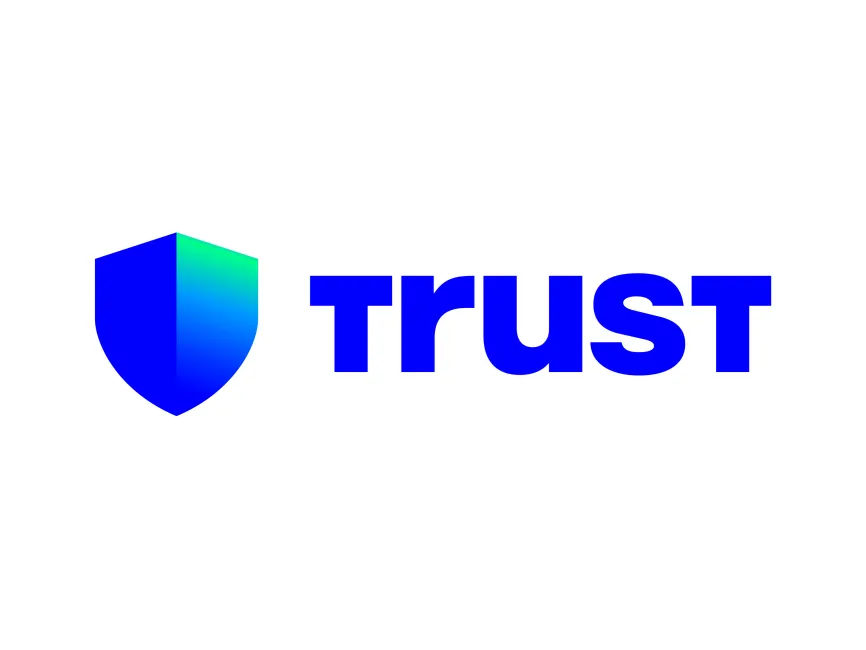So, I was thinking about how fragmented the crypto world still feels, even though we’re well into 2024. Seriously, it’s like every blockchain is its own little island, with users stuck hopping back and forth. Really? Yeah, that’s the frustrating part. You want to manage your assets seamlessly across chains without juggling ten different apps or wallets. Here’s the thing: cross-chain functionality is not just some buzzword anymore. It’s becoming essential for anyone serious about DeFi and crypto portfolio management.
At first glance, I thought, “Okay, isn’t this just another layer of complexity?” But then I realized something—this could actually simplify the experience if done right. The problem is most solutions are either clunky or downright risky. On one hand, bridging assets is cool; on the other, it can expose you to hacks or slow, expensive transactions. Oh, and by the way, syncing your mobile wallet with desktop apps? Forget about it unless you’re using the right tools.
Whoa! Imagine having your entire portfolio updated instantly on your laptop and phone, no matter which blockchain you’re dabbling in. That’s no small feat. It’s about real-time syncing plus easy access to DeFi protocols across Ethereum, BNB Chain, Polygon, and more. I gotta admit, the user experience makes a huge difference for casual users and hardcore traders alike.
Okay, so check this out—while exploring various options, I stumbled across the trust wallet extension. It’s not just a browser add-on; it’s like having your mobile wallet’s power combined with desktop convenience. This means you can manage multi-chain assets easily, interact with dApps, and keep your portfolio synced without the usual headaches. I wasn’t 100% sure at first, but after testing, it felt surprisingly smooth.
There’s a lot going on under the hood, though. Initially, I assumed most wallet extensions just replicated mobile features. Actually, wait—let me rephrase that. The real magic is in how they handle cross-chain asset management and sync states between devices. Some wallets claim to do it, but either lag behind or complicate the flow with clunky UI. The trust wallet extension manages this with a neat balance—fast yet secure, intuitive yet powerful.

Why Cross-Chain Matters More Than Ever
Crypto’s multi-chain reality isn’t going away anytime soon. My gut says that DeFi protocols will keep proliferating on diverse blockchains, each with unique advantages. But here’s what bugs me about the current landscape: most wallet solutions force you to compromise between usability and breadth of access. You either have a slick mobile app that’s limited to one chain or a desktop wallet extension that’s too complex for newbies.
But what if you didn’t have to choose? With proper cross-chain functionality, you get the best of both worlds. Manage your entire DeFi portfolio, swap tokens across chains, and engage with dApps seamlessly. That’s huge, especially when you consider how volatile crypto markets are—timely access to your assets across platforms can be a game changer.
Still, the security angle can’t be ignored. Cross-chain bridges are infamous for exploits, so a wallet extension that integrates cross-chain support has to get security right. The trust wallet extension does a solid job here by leveraging the underlying mobile wallet’s secure environment. Yeah, it’s not perfect, but it’s a step in the right direction.
Hmm… I remember when I first tried syncing my portfolio across devices. It was a mess—balances out of sync, pending transactions disappearing. Now, it’s almost like magic when everything just updates instantly. The extension’s real-time sync is not just a gimmick; it’s a real productivity booster.
Another thing: the portfolio management tools available are getting smarter. You can track your holdings across multiple chains without switching apps. This is crucial because, honestly, who wants to open five different wallets just to see their net worth? The trend is toward consolidating that info in one place, making it easier to strategize.
Personal Experience: From Frustration to Fluidity
I’ll be honest—I’m biased, but early on, I was skeptical about browser wallet extensions. Too many times, they felt like half-baked solutions that prioritized flashy interfaces over actual usability. Then I dove headfirst into the trust wallet extension and was surprised by how well it handled multi-chain DeFi interactions.
One weekend, I was juggling assets on Ethereum, BNB Chain, and Polygon. Using the extension on my laptop and the corresponding mobile app, I could seamlessly switch between chains, execute swaps, and even participate in yield farming—all while my portfolio updated in real-time. Honestly, that kind of fluidity made me rethink how I manage crypto.
That said, the experience isn’t flawless. Sometimes, the sync lags just a tad, especially when network traffic spikes. It’s not a dealbreaker, but it reminds me that this tech is still evolving. On one hand, the convenience is undeniable; on the other, those tiny hiccups keep you on your toes.
Really? Yep. Another small gripe is that not all dApps are perfectly supported yet. Some quirks pop up depending on the chain or protocol. But hey, that’s expected when dealing with such a sprawling ecosystem. The key is that the extension keeps improving, and the team behind it listens to user feedback.
Something felt off about the whole desktop-mobile sync concept before, but after hands-on use, it’s clear this is where the future’s headed. The trust wallet extension bridges a gap most people didn’t realize was holding them back.
Looking Ahead: Cross-Chain and Beyond
Now, looking forward, I’m curious how this technology will evolve. Will we see universal standards for cross-chain communication? Or will wallet extensions keep innovating independently? One thing’s for sure: users want simplicity and security, not more complexity. That balance is tricky but essential.
Also, I wonder how regulatory pressures might affect multi-chain wallets. Different jurisdictions have varying rules around crypto custody and transactions. Something tells me wallet developers will have to navigate a maze of compliance challenges while keeping the user experience intact.
But here’s the kicker—if you’re a browser user searching for a reliable way to access multi-chain DeFi, the trust wallet extension deserves a spot on your radar. It’s not perfect, but it’s one of the few tools that really gets the mobile-desktop sync and cross-chain balance right.
Anyway, I’m still keeping an eye on this space. The promise of cross-chain functionality combined with seamless portfolio management is too good to ignore. For now, having a single wallet extension that talks to multiple blockchains while syncing with your mobile app is a game changer, especially for everyday users who want to stay nimble in the fast-moving crypto scene.
So yeah, the crypto landscape is messy, but tools like these give me hope. Maybe one day soon, managing your multi-chain assets will be as easy as checking email. Until then, I’m just glad to have found a solution that doesn’t make me want to pull my hair out every time I switch devices.

